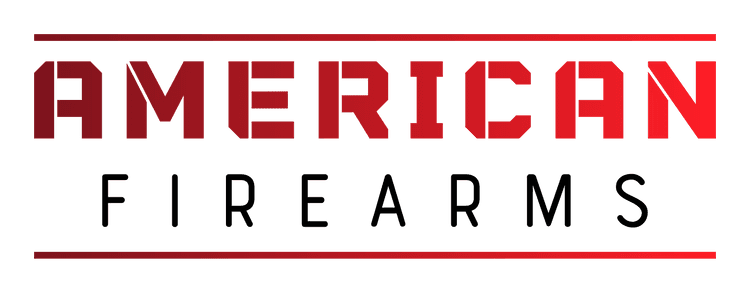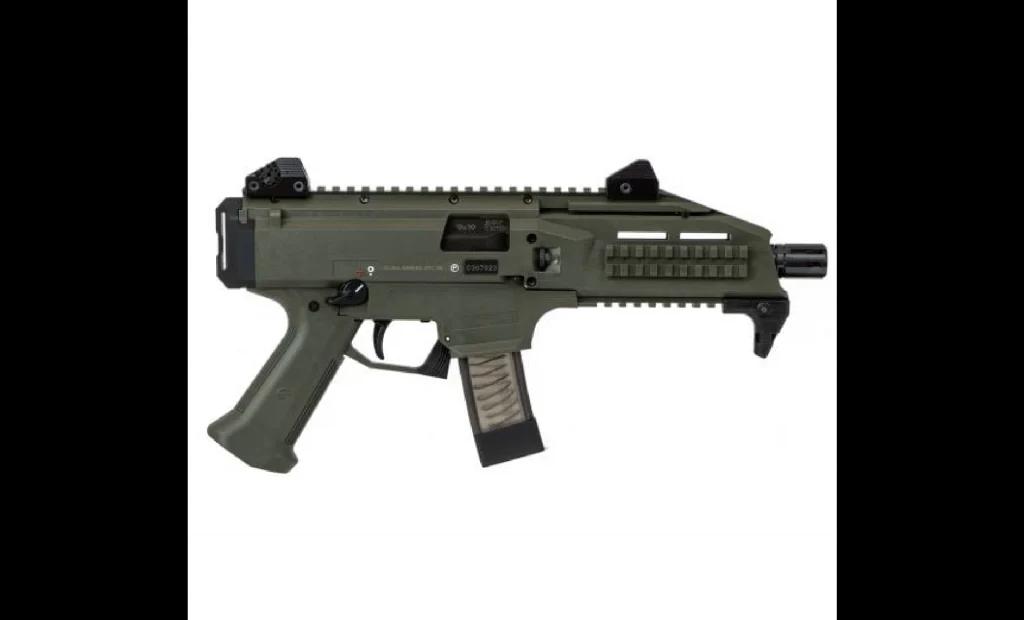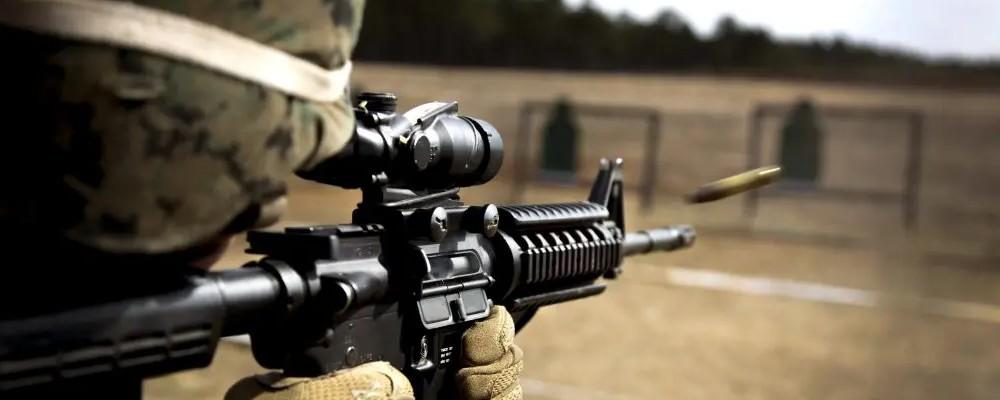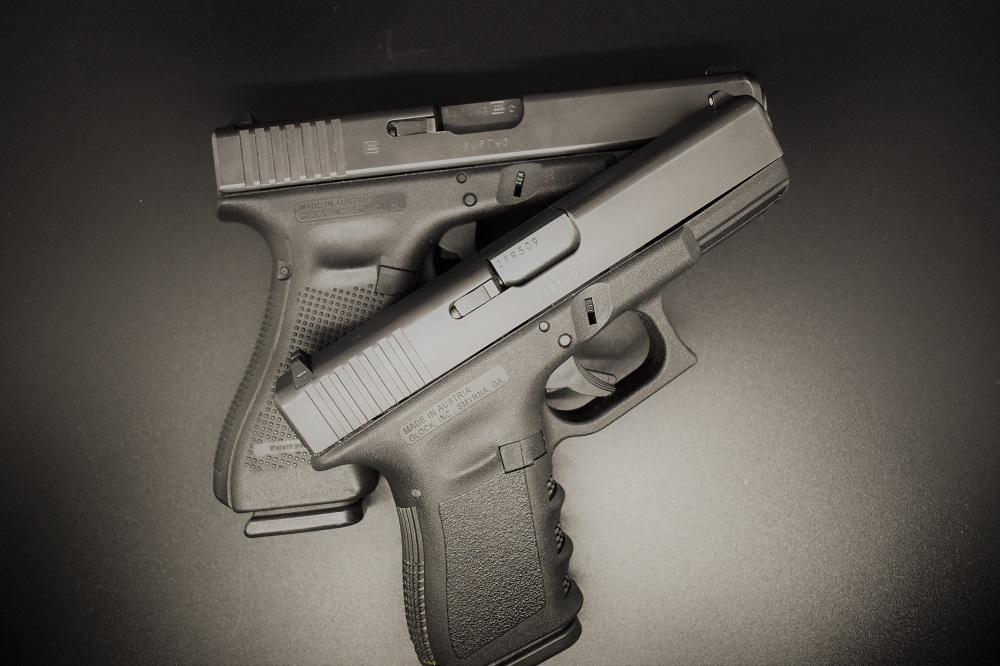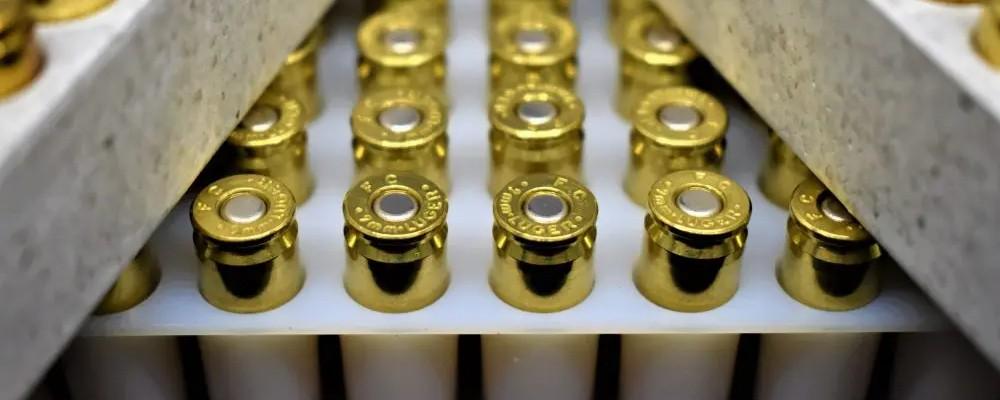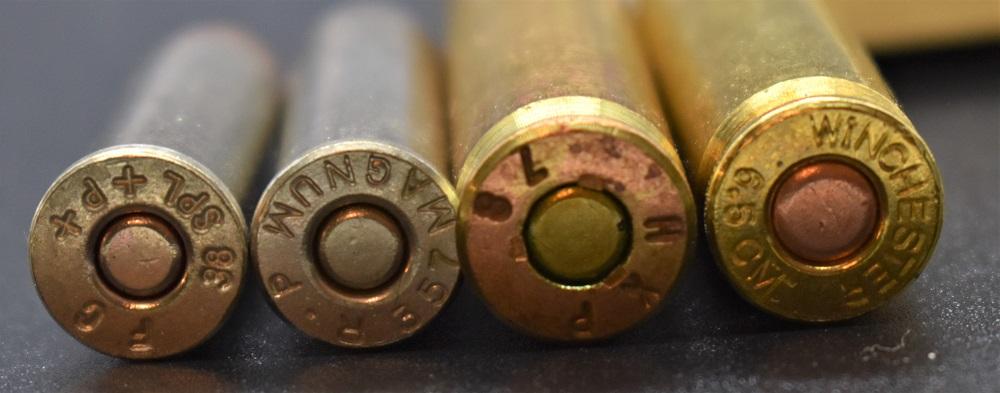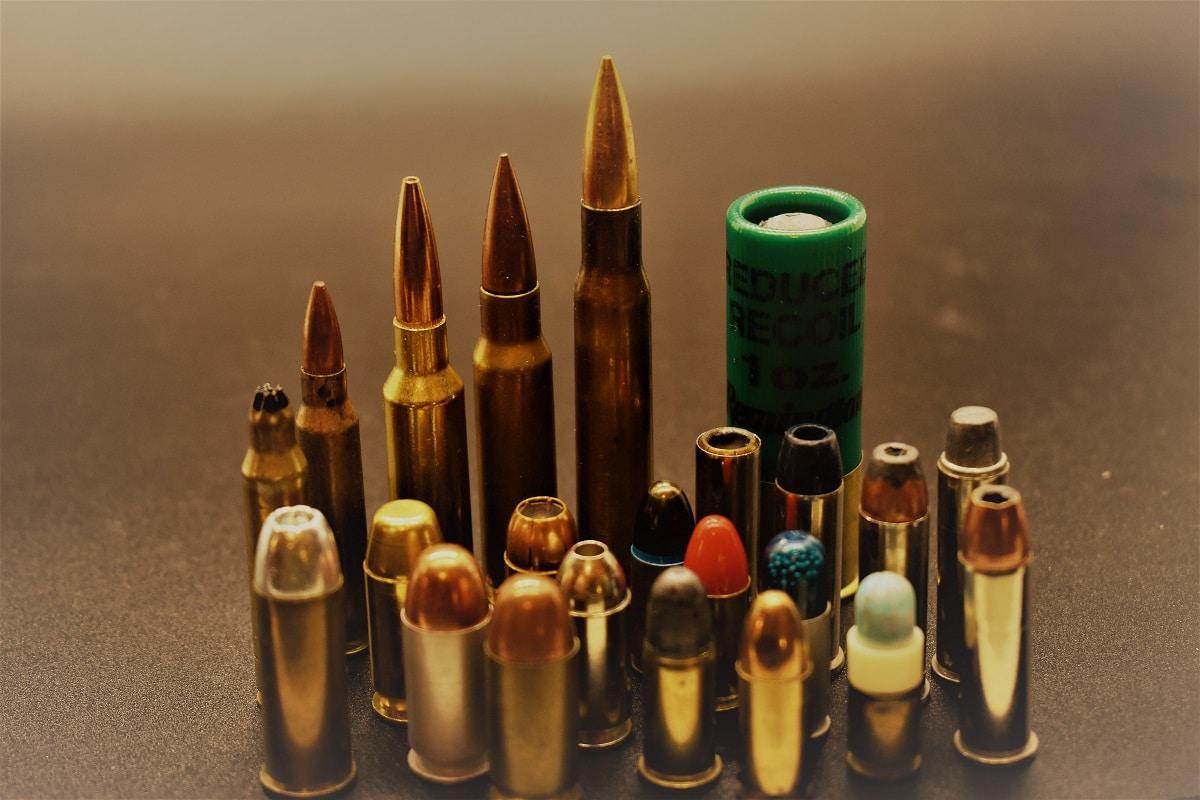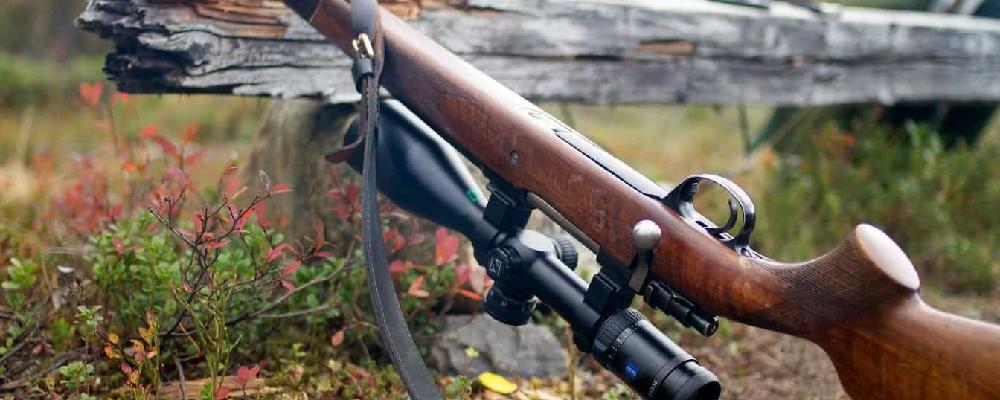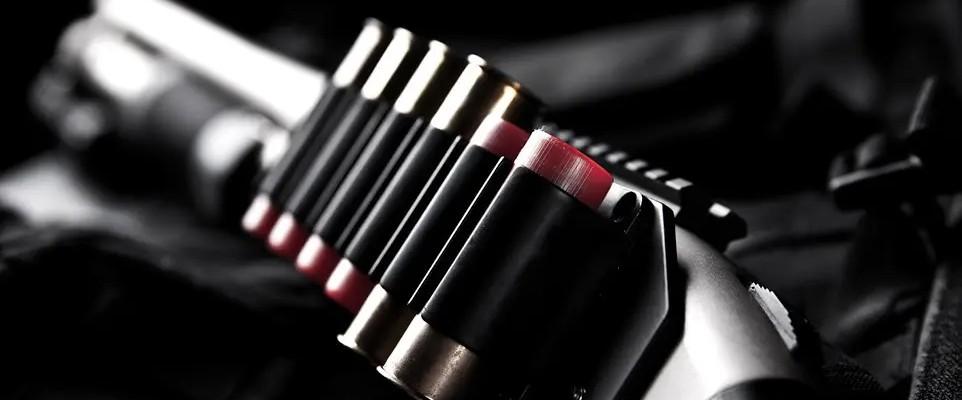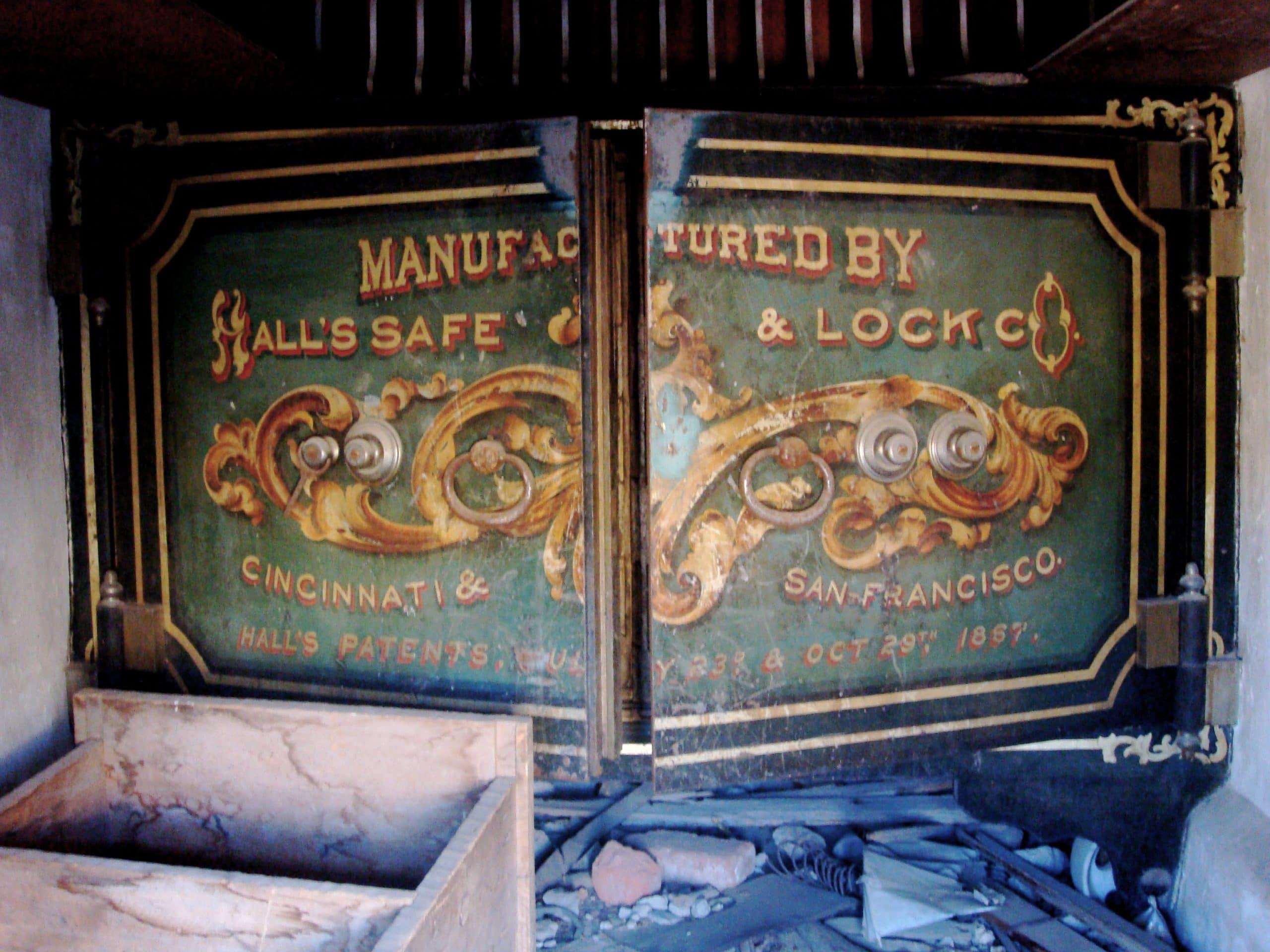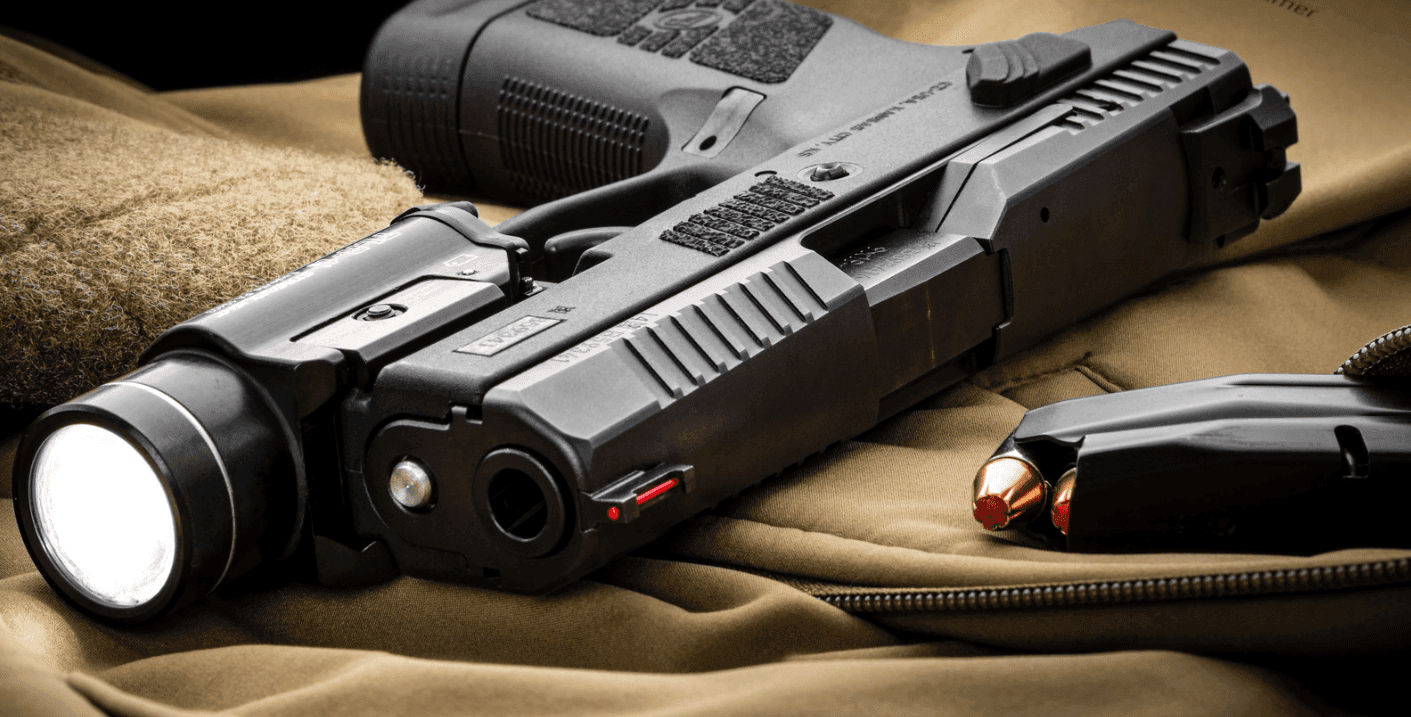CZ Scorpion Reviewed: Feel The Sting
Written By
Travis Pike
Certified Firearms Instructor
Edited By
Michael Crites
Licensed Concealed Carry Holder
Share:
Products are selected by our editors. We may earn a commission on purchases from a link. How we select gear.
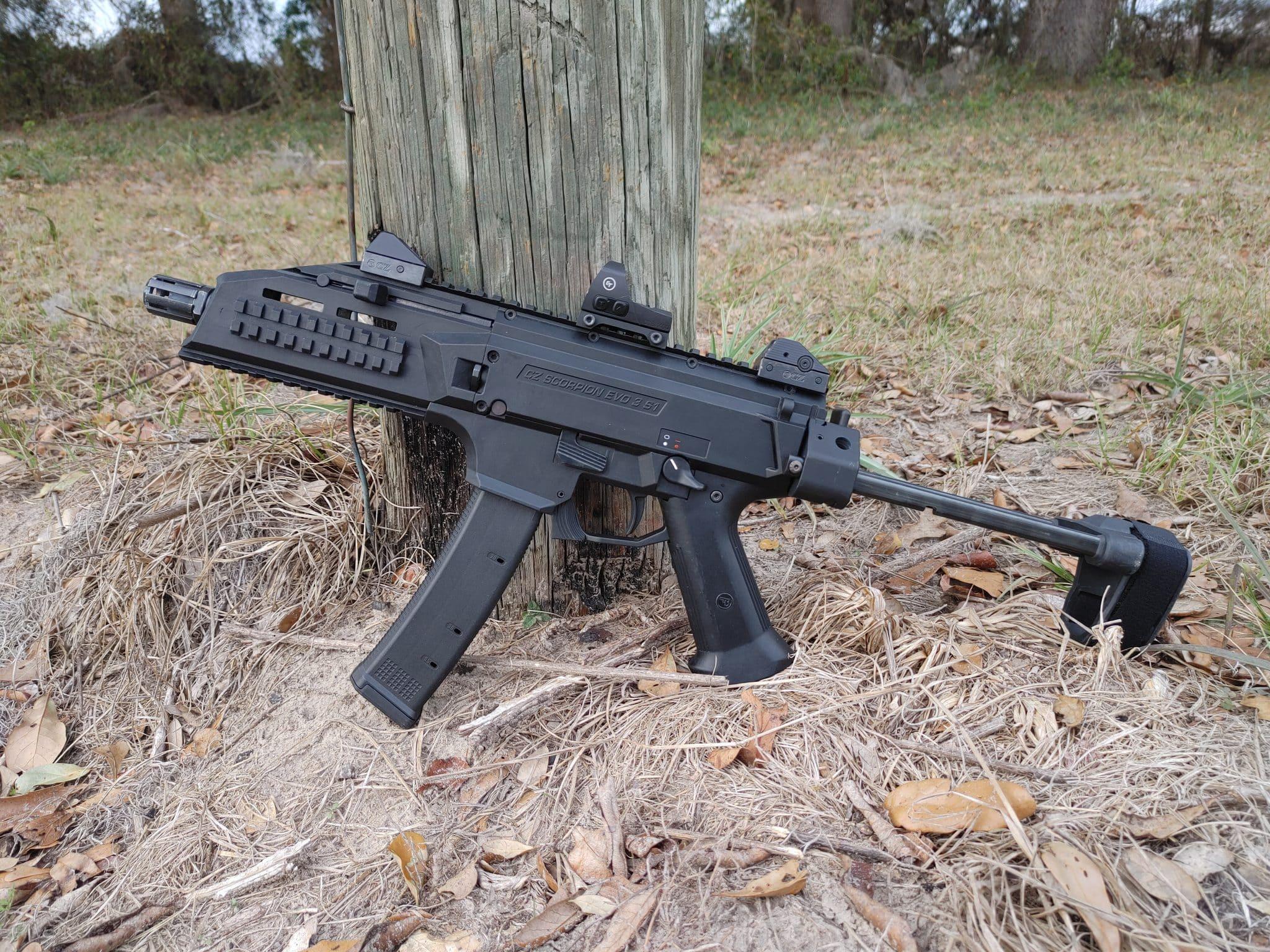
Updated
Nov 2025
PCCs and subguns have exploded in recent years. PCCs being a pistol caliber carbine and subguns large format pistols with an SMG-like appearance, both styles offering short barreled rifle mobility but in the easy-to-control (and wallet-friendly) 9mm caliber.
One of the guns that spearheaded this explosion of popularity is the CZ Scorpion. Scorpion pistols have an outstanding design that’s captured the market, and at this point there are almost half a dozen Scorpion configurations, including SBRs, pistols, and carbines.
Today we are looking at the stock standard CZ Scorpion Evo 3 S1. The OG of sting, if you will.
Over the years, this firearm has changed slightly, and a brace has been added, but it’s largely the same internally and mechanically.
In This Article
A Czech Classic
To understand the Scorpion, you have to consider one of the Czech’s most popular SMGs from the Cold War, the vz. 61.

This firearm was known as the Skorpion and it was little more than a miniature submachine gun chambered .32 ACP used by tank drivers and police — and it was quite successful. In 1961 it was a fine gun, but in 2007 it was lacking.
In the face of these aging SMGs, CZ began to develop a successor with a more modern caliber and design. This led them to another Czech company called Laugo which had designed a modern SMG called the M8A SMG. CZ purchased the design with the intent of producing a modern-day SMG for police and military forces. CZ took the M8A and refined it into the CZ Scorpion we know and love today.
In 2009 the Czech military adopted the CZ Scorpion, and it went into full production. In 2013 CZ announced its intent to bring the Scorpion to the United States as a pistol, which CZ released as the CZ Scorpion Evo 3 S1.
This chain of events ultimately led to the acquisition of the CZ Scorpion you see here. What started as basically a machine pistol in 1961 has developed into a design successful with enthusiastic military and police as well as civilian shooters.
Specifications
Caliber: | 9mm |
Capacity: | 10-30 Rounds |
Action: | Straight Blowback |
Length: | 16 in |
Weight: | 5 lbs. |
Barrel Length: | 7.72 in. |
Safeties: | Toggle / Reversible |
MSRP: | $1,225 |
Real-World Price: | $800-$1,000 |
Pros & Cons
Pros
- Incredibly fun
- Lots of room for accessories
- Hard to beat mobility
- Includes great sights
- Fantastic (if proprietary) mags
Cons
- Awful trigger
- Unfortunately large safety can bash your hand when firing
Features
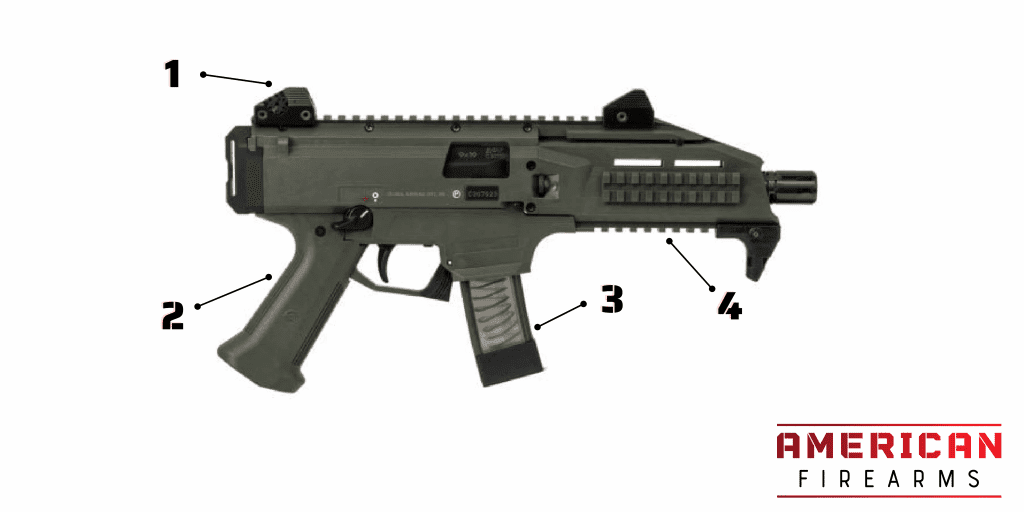
FANTASTIC FACTORY SIGHTS
Makes easy work of getting the most out of the 9mm chambering
SUPER MANUVERABLE
Solid ergos coupled with a shorter stature unlocks superb mobility
GREAT MAGS
While proprietary the double-stack sticks are a joy to use and quick to load
LOADS OF RAIL ESTATE
Full-length top rail and three additional Picatinny rails give you tons of room for accessories
Under The Microscope
Laugo and CZ set out to develop a modern and capable SMG-turned pistol which eventually became the Scorpion. The purpose was to update the aging vz. 61s and they did this by including a ton of modern features onto this rather large pistol.
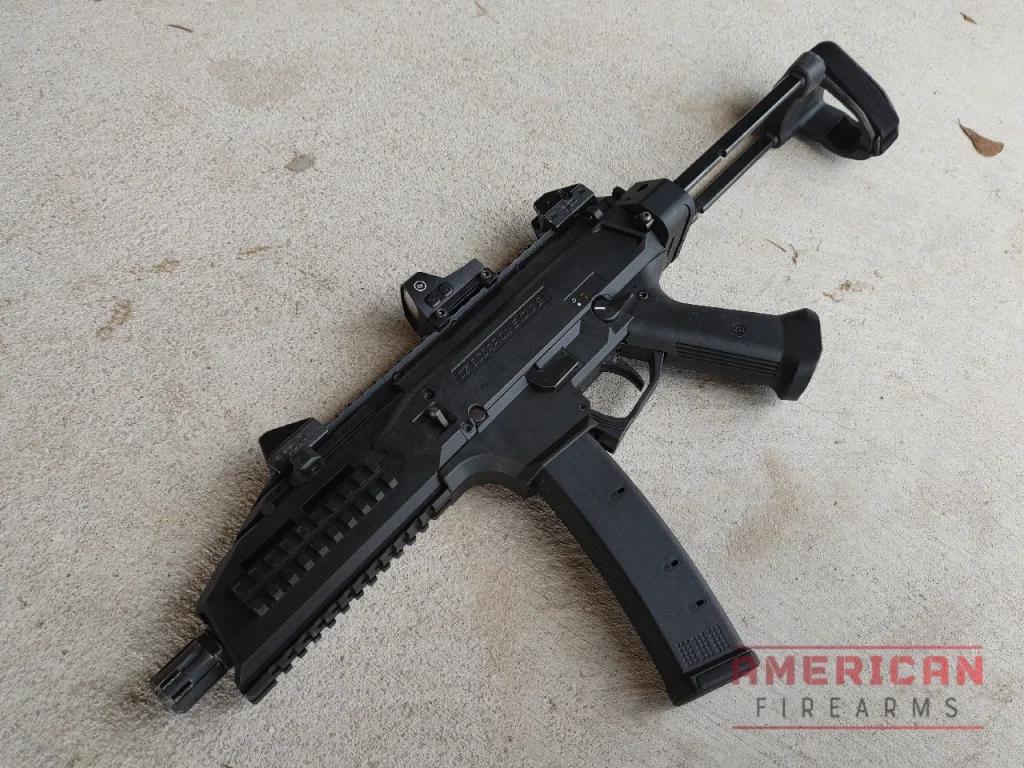
The first feature worth pointing out is the ambidexterity of the weapon. CZ designed it to be fairly easy to use by both right and left-handed shooters. Controls like the safety and magazine release are entirely ambidextrous and easy to manipulate. The charging handle is reversible for left or right-handed use for easy manipulations.
The only control that’s not ambidextrous or reversible is the bolt release.
The world runs on accessories like lights, lasers, and optics. With the Scorpion, shooters can attach whatever they want wherever they want. There is a huge section set aside for optics and a series of Picatinny rails around the handguard for attaching goodies.
CZ includes a very nice set of iron sights. The front post is AR-like for ease of use. The rear sight has four different apertures, and they vary in size from wide open to ultra-small for different levels of precision shooting.
An odd feature often underutilized by shooters is the firing grip adjustment. It can be loosened and adjusted to change the distance from the trigger to make the weapon more accessible to various hand sizes.
Finally, the magazine deserves mention. It’s proprietary, and typically, the price and availability of proprietary magazines are a downside. However, CZ ensured the magazines were readily available as well as affordable. These are robust and capable magazines that are tough to beat — amd they’re a cinch to load, which is more than I can say for Glock mags.
Fun & Versatility at the Core
The standard CZ Scorpion is designed for military and police work, but what about the big S1 pistol? Well, the S1 has two purposes. First, this is a fun gun. It’s a big, heavy 9mm pistol, but its still quite fun to shoot and enjoy. Fun guns have their place, and guns like the Scorpion are an absolute ton of fun.
On the flip side, the CZ Scorpion can also be used for self-defense, specifically home defense. It’s large and heavy but very easy to control, and when compared to rifles or shotguns, it’s still quite compact and easy to maneuver. With the CZ Scorpion, a shooter can place a dozen rounds on a target with ease and absolute control.
Not to mention the weapon is short and light enough to be used one-handed if need be. Much like the military and police variants, the Scorpion S1 is easy to use in close quarters.
Commanding the Scorpion
As mentioned, the majority of the controls on the CZ Scorpion are reversible or ambidextrous. That’s a nice lead into a new weapon, and ambidexterity is becoming an important part of modern firearm design.
Let’s start at the front and work our way rearward. At the front of the gun on the left side we have a charging handle placed right above the barrel. It’s positioned well and easy to reach forward and grab.
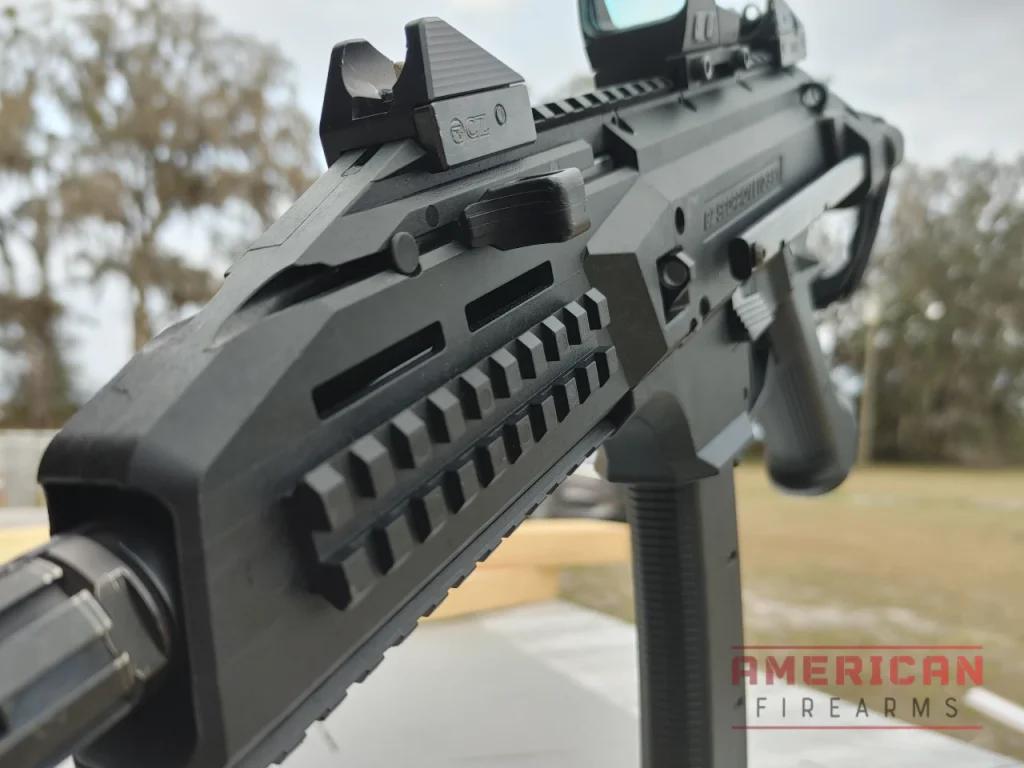
The charging handle can be locked open, and you can do the old HK slap to send the bolt home. While it’s well-placed, it’s somewhat small. The aftermarket has addressed this, but worth noting.
Luckily, the placement does not interfere with the optics mounted to the top of the gun. No knuckle rapping to deal with when charging the pistol.

Flowing rearward, we run into the magazine release. It’s quasi-AK-like and just requires the shooter to press it forward to release the magazine. In my experience mag releases that use this push mechanic are entirely ambidextrous and easy to use.
From there, we have a bolt release just in front of the trigger guard, which is huge, L-shaped textured, and easy to press down to release the bolt. Of course, the bolt can also be released with the charging handle.

Beyond that, we have an ambidextrous safety lever. It’s very AR-like and can be accessed via the thumb without breaking a good firing grip.
While ambidextrous, the safety tends to thump the portion of the hand that sits behind the trigger finger, often snapping against a knuckle or into the trigger hand’s webbing. It’s a bit awkward, but a safety delete via Dremel tool is a great way to fix that problem.
Sights to behold
One tiresome trend in modern firearms is spending a fair bit of money and receiving a gun that needs optics or sights. It’s frustrating and expensive. Luckily, CZ is smart enough to include sights. In fact, they include a set of very nice set — both sights are low profile and removable.
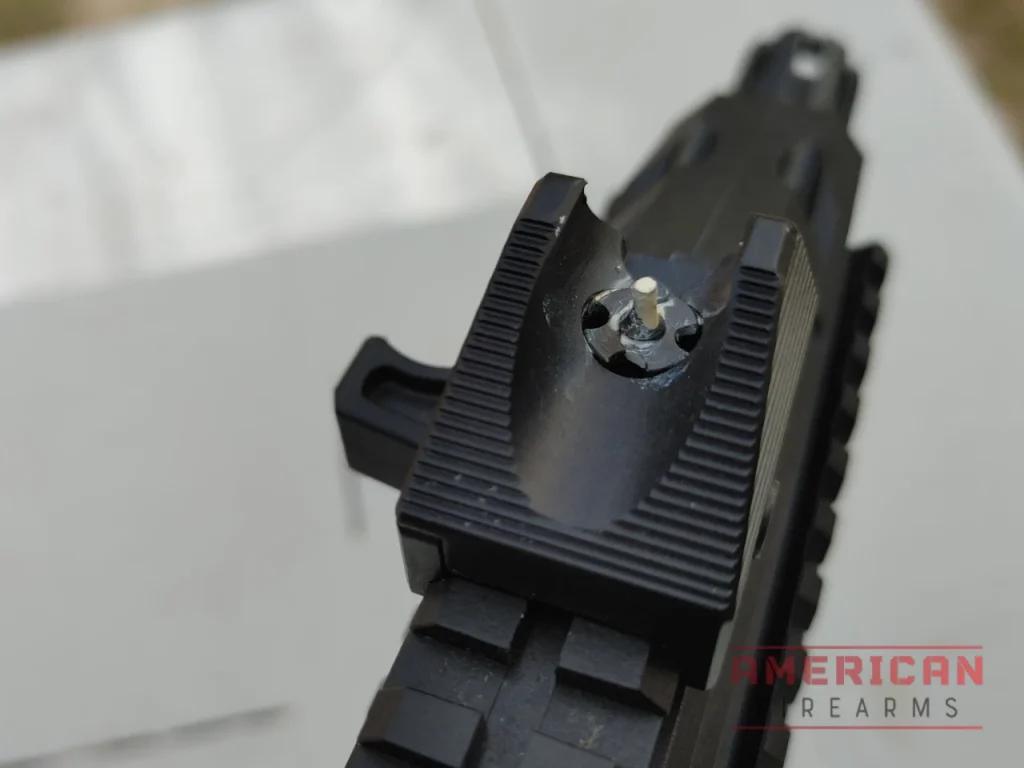
The front sight has a simple post that can be adjusted up and down for elevation, akin to an AK front post. CZ includes a tool to make it easy, but like an AR, you can do without it.
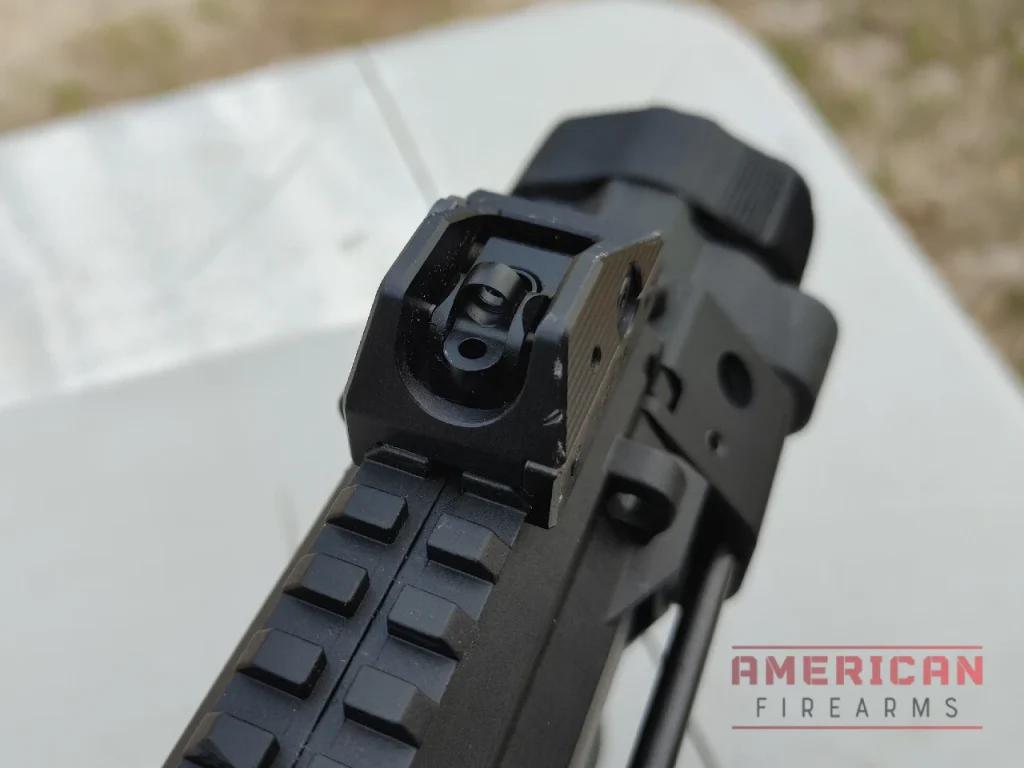
The rear sight adjusts for windage, and it’s easy to get your Scorpion zeroed and hitting bull’s eyes. Four apertures allow you to switch between a wide peep and a narrow peep for quick or precise shooting.
Reliable craftsmanship in action
CZ makes high-quality guns, and the Scorpion has avoided any recalls or major failures. There have been two problems worth mentioning, and both were with early production Scorpions. The first was a batch of bad magazines that couldn’t be left loaded, or the feed lips would break. This has been fixed for years now.
Second, some of the early Scorpions have welded trigger packs. This doesn’t affect function but makes it impossible to change trigger groups out. It’s annoying and requires an entire process to remedy.
(Mostly) Comfort and Control
The pistol grip that comes with the Scorpion S1 is designed for use with a stock. Without a stock or brace, it feels a bit odd and swept rearward. Luckily, plenty of companies produce aftermarket options. With a brace, I find it plenty comfortable and easy to work with.

The CZ scorpion ergonomics are strong but have one major downside. Let’s go over the bad news first. The bad news is that the Scorpion’s ambidextrous safety really digs into your firing hand with the recoil impulse of every shot. It’s flinch-inducing by the and of your first magazine. There are aftermarket solutions, and a Dremel is an easy way to fix the problem.
Other than that, the Scorpions score high in the ergonomics department. The weapon is well-balanced and easy to shoot. The design and placement of the safety makes it easy to manipulate with just your thumb, helping you keep your eyes on target.
The big bolt release allows the thumb of your support hand to easily send the bolt home. The charging handle is on the left hand side of the gun so you can keep your hand on the grip like with ARs.
It’s well placed albeit it’s a little small. You can charge the weapon overhand or underhand, and the handguard tapers as it heads toward the muzzle, so if you’re like me and prefer a c-clamp style grip, the Scorp abides.

Reloads can be lightning fast with the magazine release. It’s set up right behind the magazine and is completely ambidextrous. Shooters can use their trigger fingers to do speed reloads or the thumb of their support hand to do a reload with retention — you simply press it and drop the magazine free.
Scorpion magazines do not rock into place like an AK — you just slide them into the gun, akin to an AR or Glock mag. Unlike Glock mags, the Scorpion’s sticks are double stack all the way up.
A trigger that bites
Shooters won’t write home about this gun’s heavy trigger. It has too much take up and a spongy feel — it really lacks any kind of crispness to it. The Scorpion trigger delivers a letdown for such a nice gun, and it’s surprising they took that route and didn’t address it.

Let’s salvage something and be grateful this is a 50 to 100-yard gun and not a precision rifle. Inside those ranges, the trigger isn’t going to affect accuracy all that much. The reset is long but tactile and audible, with a nice loud pop as it meets the forward position.
It’s a forceful reset that is easy to feel and unmistakable.
Hitting the mark
On the accuracy front, the gun’s awesome sights do it some serious favors. It’s impressively accurate. The real downside to the gun’s accuracy will come from the safety, causing you to flinch when and if it wraps you in the knuckle. If you erase that issue then the Scorpion will throw lead right where you want it. It’s a great gun within 100 yards.
At 25 yards, you can expect to have one ragged hole of 9mm. The gun’s cold hammer forged barrel helps, as do the awesome sights. A red dot helps clean accuracy up even more and makes the gun easy and quick on target.
CZ went with a very simple and practically standard straight blowback design. This is a proven system, and it’s downright reliable with any type of ammo. This includes the cheapest 115-grain steel-cased ammo from mysterious Eastern European countries.
The Scorpions eat through brass, steel, and aluminum-cased ammo as well as jacketed hollow points without issue. It’s a hungry gun that likes to eat, even the cheap stuff.
Range Report
At the range, the Scorp is an accurate and reliable weapon, but that doesn’t tell the whole story. It’s also a weapon that’s just a ton of fun to shoot. It’s short and small and moves from target to target with ease.
You can peek around corners and cover without any stress and easily hit your targets. It’s small and maneuverable, making it perfect for close-range shooting.

A short and well-balanced gun is also easy to shoot with a single hand, especially with a brace. Within home defense distances keeping a four-inch gong rocking took no effort, and you’d be facing much larger targets in a home defense scenario, unless your larder was being invaded by Smurfs.
Your support arm might be occupied with a phone, opening a door, or retrieving a child, so being able to still engage easily and accurately is important.
While the trigger isn’t impressive by any means the gun does allow for quick and rapid-fire shots. I was able to open up with double taps and triple taps with ease. Once you work with the trigger and more or less figure it out, you can shoot this gun super fast, all while keeping the gun on target thanks to nominal muzzle rise.
Out to 100 yards, in a good strong prone position, I could punch holes reliably in an IPSC-sized target. You’ll need to aim a touch high because the rounds are dropping a good bit at this range, a common reality with pistol caliber carbines. Aim at the head, and you’ll hit them in the chest. That’s about the range a 9mm will reliabily tap out.
One downside to the Scorpion comes from the blowback-operated system. These direct blowback systems give you a full recoil impulse. You’d think a 9mm in a subgun platform wouldn’t have much recoil, and the Scorpion won’t bruise your shoulder by any means.
However, this creates a recoil impulse similar to that of a 5.56 caliber carbine. That’s not a lot of energy, but seemingly more than necessary for a pistol cartridge.
What about maintenance?
Taking the Scorpion apart doesn’t take an engineering degree. In fact, if I had to guess, CZ designed it to be soldier-proof. First, remove the magazine and clear the weapon. Once you are sure the weapon is unloaded, we can take it apart.
Right below the ejection port and in front of the trigger sits a pin. It’s captive, so don’t worry about losing it as your press it outward. Once the pin is removed, lock the bolt to the rear of the gun. Now the lower receiver pops right off. From here, you can remove the bolt and access the insides of the gun.
Blowback-operated guns are dirty guns so expect to find lots and lots of carbon inside your gun after a decent range day. It’s all simple to clean with no small and insidious parts to lose. Give the gun a scrub and lubricate the thing, and you’ll be good to go.
The gun is not picky about maintenance and doesn’t need to be cleaned after every range trip. It goes bang without issue even when filthy dirty.
Shortcomings & Alternatives
There are a few obvious shortcomings to the Scorpion. The biggest being the pain-inducing safety selector thumping your finger. It’s easy to fix, but shooters shouldn’t have to.
Beyond the safety, the recoil is also a downside. The Scorpion is not a low recoil firearm — it kicks like a 5.56 rifle but doesn’t offer 5.56 range or power. At the end of the day, the Scorpion is just a 9mm pistol, and it doesn’t offer much more performance than that.
There’s also a potential over-reliance on Picatinny rails, as there’s no M-LOK slots to speak of.
Alternatives
Sig Sauer MPX
The CZ Scorpion sits at the opposite end of the PCC spectrum from the SIG MPX—not as a direct competitor, but as the budget-conscious alternative that prioritizes customization potential over out-of-box refinement.
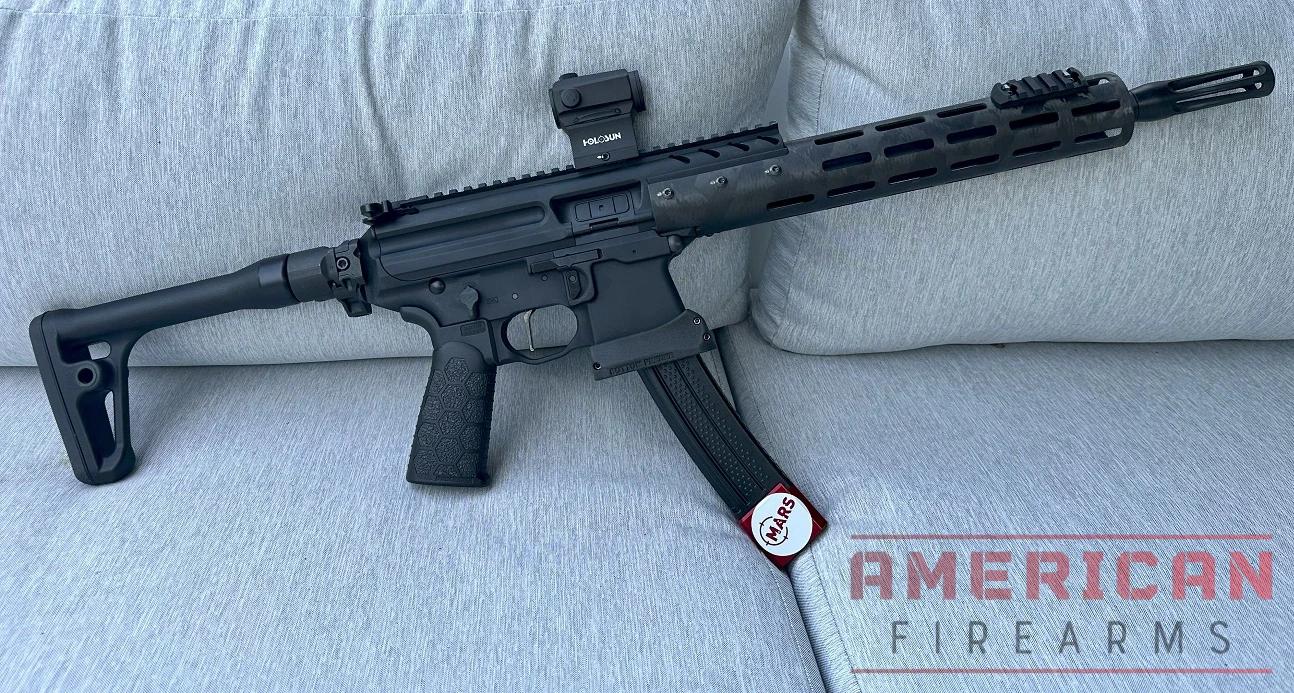
Operating System and Shooting Characteristics
The MPX’s short-stroke gas piston system represents sophisticated engineering that runs clean and cycles smoothly. The Scorpion uses straight blowback—a heavy bolt slamming back and forth against spring pressure.
The difference is immediately apparent: the MPX shoots substantially softer with less muzzle flip and faster follow-up shots. The Scorpion’s blowback action delivers noticeably sharper recoil that becomes fatiguing during extended range sessions.
If shooting refinement matters, the MPX wins decisively. But that refinement costs $1,000+ more than the Scorpion’s typical sub-$900 street price.
Refinement vs. Customization
The MPX delivers exceptional out-of-box performance: excellent factory trigger, intuitive controls, quality construction, and AR-15 compatibility for grips and stocks. The Scorpion requires patience—heavy gritty trigger, awkward safety placement, and controls that demand adaptation from AR shooters.
But here’s where the Scorpion fights back: aftermarket support. Since 2015, the Scorpion has spawned an enormous ecosystem. You can swap triggers, barrels, handguards, braces, grips, safeties—virtually every component has multiple upgrade options. Many owners view the Scorpion as a platform for building exactly what they want rather than accepting factory specifications.
The MPX has decent aftermarket support after a decade on the market, but it doesn’t match the Scorpion’s extensive options. Then again, the MPX needs less modification to reach its potential.
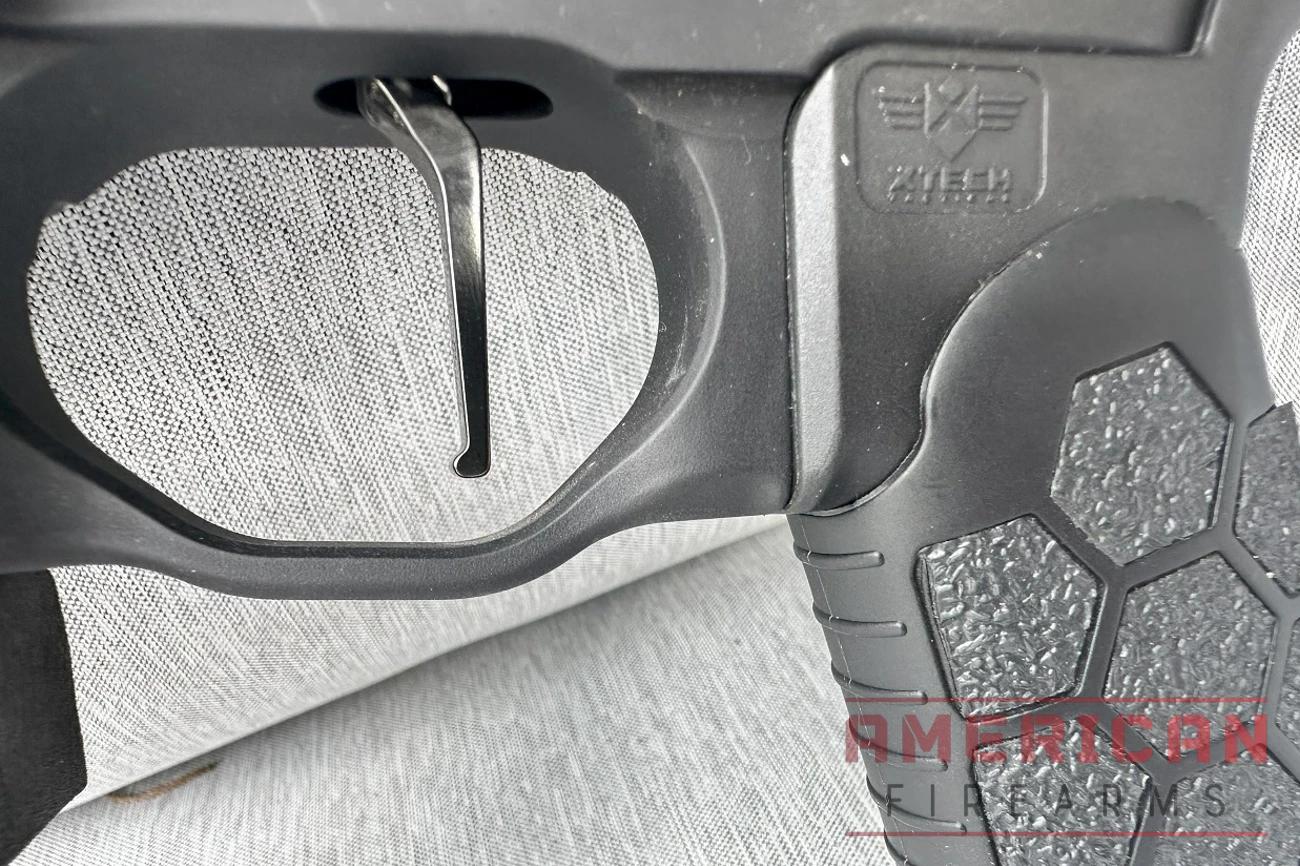
Magazine Ecosystem
Both use proprietary magazines, but with different trade-offs. The Scorpion’s magazine pattern has achieved widespread adoption—you can share mags at matches, borrow from squad mates, and benefit from competitive aftermarket pricing at $35-40 each. The MPX’s magazines cost $45-50 but are slightly easier to load and less prone to feeding issues that plagued early Scorpion mags.
Neither offers Glock magazine compatibility, but the Scorpion’s established ecosystem provides more flexibility.
Reliability Track Record
Both platforms proved reliable in our testing, though their paths differ. Early MPX models suffered from reliability issues that SIG has largely addressed in current production. The Scorpion earned a reputation for dependability from the start, though early magazine designs had occasional feeding problems.
Both have matured into reliable platforms, but the Scorpion’s longer track record and simpler operating system inspire confidence for those prioritizing proven durability over sophistication.
Value Proposition
This is where the decision crystallizes. The MPX at $1,900-$2,100 delivers a more refined shooting experience, better factory trigger, superior ergonomics, and cleaner operation. The Scorpion at $900 offers a proven platform with massive customization potential and magazine ecosystem advantages.
That $1,000+ price difference isn’t trivial—it represents enough money to buy the Scorpion AND a quality optic, suppressor, upgraded trigger, and several hundred rounds of ammunition.
The Verdict
Choose the MPX if budget isn’t a primary concern and you value refinement, superior out-of-box performance, and don’t want to tinker extensively with aftermarket parts. You’re paying for sophistication and polish. Read our MPX review for more on SIG’s premium PCC.
Choose the Scorpion if you’re budget-conscious, enjoy customizing firearms to your exact preferences, want magazine compatibility with a growing ecosystem, or simply need to maximize capability per dollar spent. You’re accepting rougher factory performance in exchange for customization potential and significant cost savings.
Both are legitimate choices in the PCC space—the MPX represents premium execution while the Scorpion offers exceptional value. The decision comes down to whether superior factory refinement is worth an extra $1,000 to you.
Springfield Armory Kuna
The Springfield Armory Kuna represents the Scorpion’s most interesting competition—not because it’s better or worse, but because it takes a fundamentally different approach to the same problem.
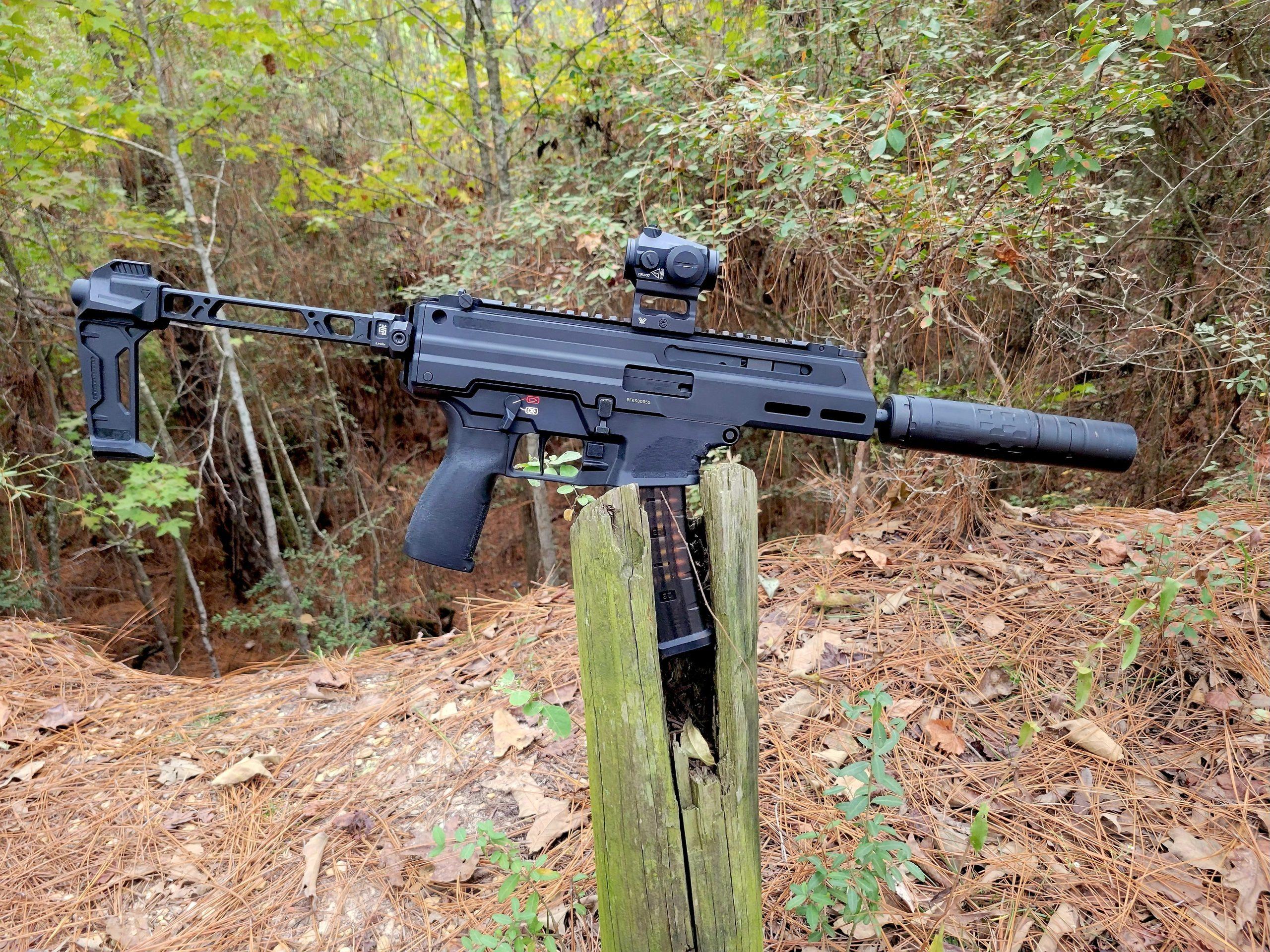
Operating System: The Core Difference
The Scorpion uses straight blowback with a heavy bolt and stiff spring. The Kuna employs roller-delayed blowback borrowed from the HK MP5, using a small roller to temporarily lock the bolt and delay extraction. The practical impact is immediately noticeable: the Kuna shoots substantially softer with approximately 30 percent less felt recoil and faster follow-up shots. If shooting refinement matters, the Kuna wins decisively.
Out-of-Box Performance vs. Customization Potential
The Scorpion’s factory trigger is notoriously heavy and gritty—most owners immediately upgrade it. The Kuna’s trigger breaks cleaner at 6.5 pounds, though it’s still not exceptional. The Scorpion’s controls require adaptation for AR shooters, while the Kuna’s fully ambidextrous setup works more intuitively.
But here’s the Scorpion’s decisive advantage once again raises its head: aftermarket support. Since 2015, the Scorpion has spawned an enormous ecosystem. You can swap triggers, barrels, handguards, braces, grips, safeties—virtually every component has multiple upgrade options. The Kuna launched in 2025 with minimal aftermarket currently available.
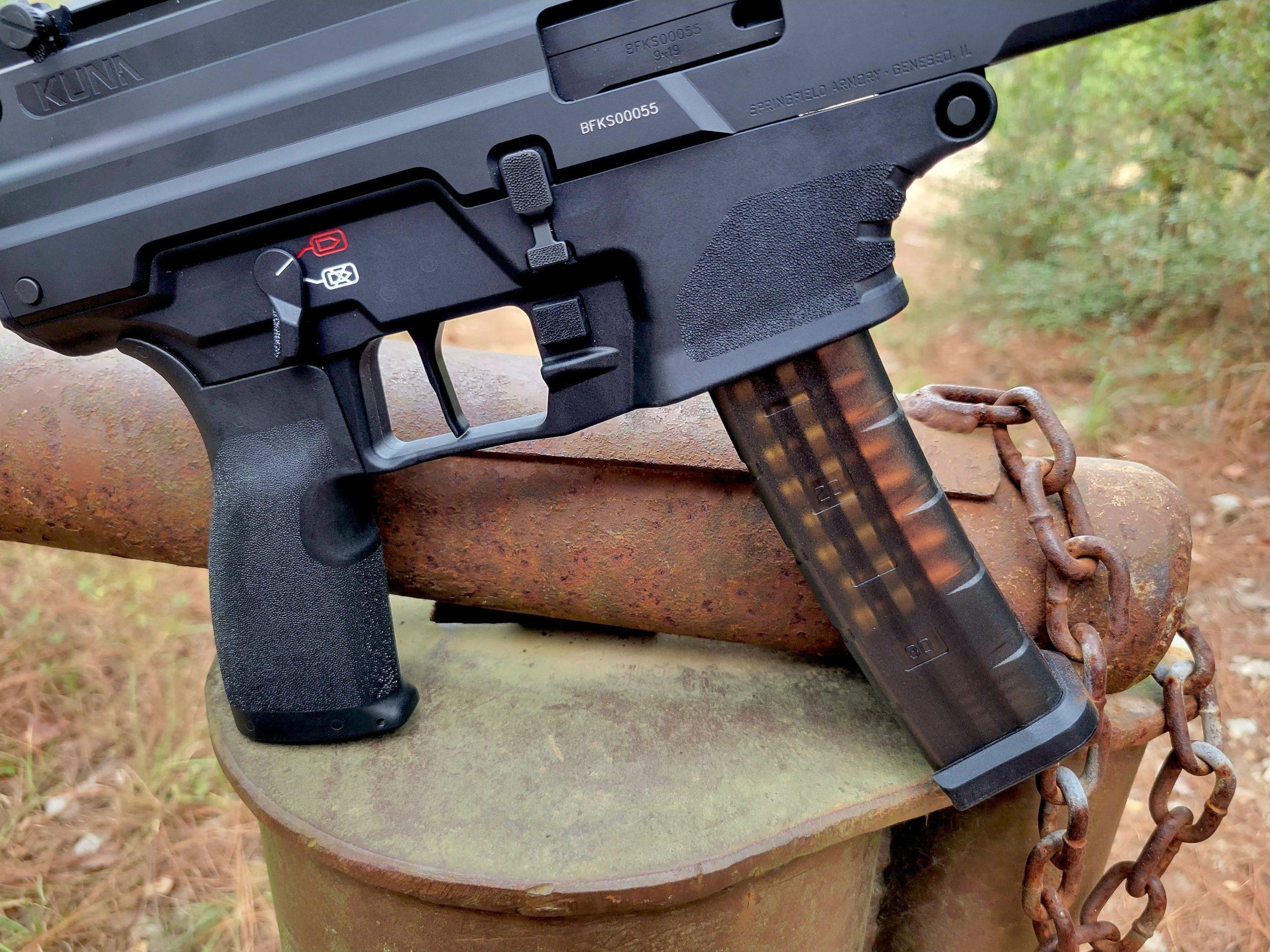
Magazine Ecosystem
The Scorpion’s magazine pattern has achieved widespread adoption—you can share mags with squad mates and benefit from competitive aftermarket pricing. The Kuna’s proprietary magazines cost $25 each (cheaper than Scorpion’s $35-40), but you’re locked into single-source supply. The magazine ecosystem is a decisive Scorpion advantage.
Pricing and Value
Street prices show both hovering in the same range—Scorpions often dip below $900 while Kunas run $1,050-$1,100. That $150-$200 difference buys the Kuna’s refined shooting characteristics and better factory controls, but you’re giving up the Scorpion’s magazine compatibility and massive aftermarket.
The Verdict
Choose the Scorpion if you value maximum customization, want magazine compatibility, or need to minimize initial cost. The platform rewards those willing to invest in upgrades.
Choose the Kuna if you prioritize superior out-of-box shooting characteristics and want modern ambidextrous controls without modification. The extra $150-$200 buys noticeably smoother shooting that doesn’t require aftermarket parts to achieve. Read our Kuna review for more detail on Springfield’s pocket-friendly roller-delayed PDW.
Both are excellent PCCs—the decision comes down to whether you prefer a customizable platform that needs work to reach its potential (Scorpion) or a refined tool that delivers premium performance out of the box (Kuna).
Upgrades
Beyond the top Picatinny rail, there’s a load of real estate on the Scorp — so put it to some good use with a select handful of upgrades that’ll take the Scorpion from good to great.
Primary Arms RS-10
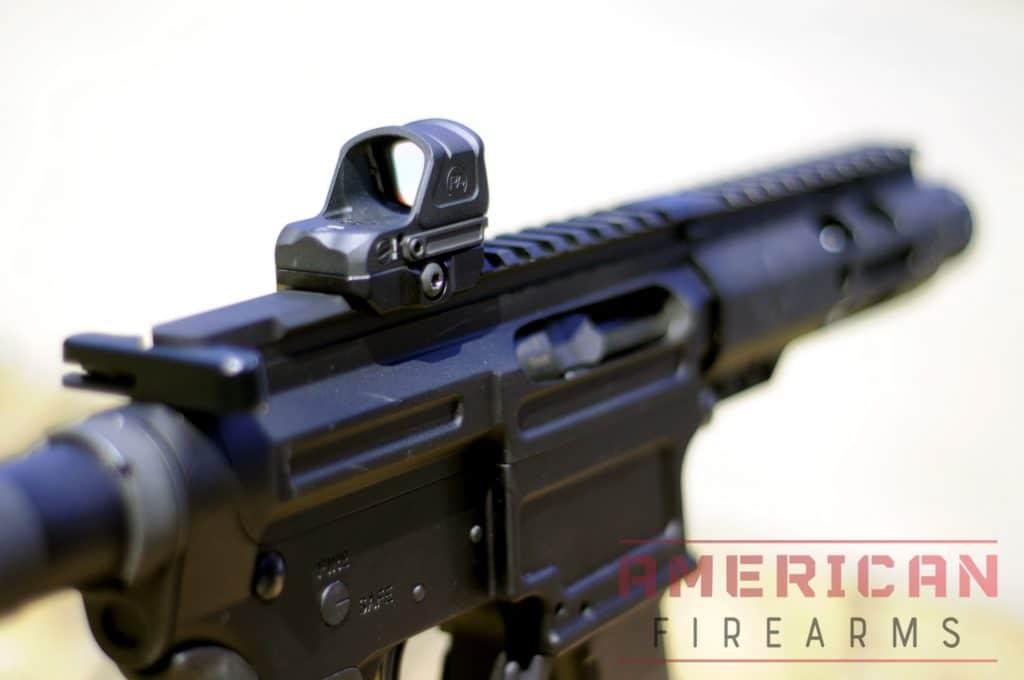
One of our top red dot recommendations, the Primary Arms RS-10 is the latest and greatest red dot from PA. This is their first in-house designed optic. It’s a pistol-sized red dot that comes with a Picatinny mount. This keeps it nice and low on the gun and makes cowitnessing with Scorpion sights possible.
The RS-10 doesn’t break the bank either and comes from a company that’s become one of the favorites for affordable red dots.
SB Tactical Arm Brace
A five-pound pistol can be tough to shoot without a brace. The SB Tactical brace makes the weapon much easier to handle and shoot accurately. Plus, it looks a lot less naked with a brace.
The current brace folds out of the way allowing the gun to be compact and easy to use. SB Tactical is the industry leader in stabilizing braces and makes the best on the market for the CZ Scorpion.
Magpul D-50 Drum
Who doesn’t want more ammo? The Magpul D-50 drum for the CZ Scorpion gives you fifty rounds of ammo in a package now longer than a 30-round magazine. To be fair, it is wider, but still short and sweet.
Magpul makes drums that work, and it’s evident with the D-50. If you want to maximize the lead you can keep in your gun, then the D-50 offers you plenty of power in a reliable package.
Streamlight TLR RM2
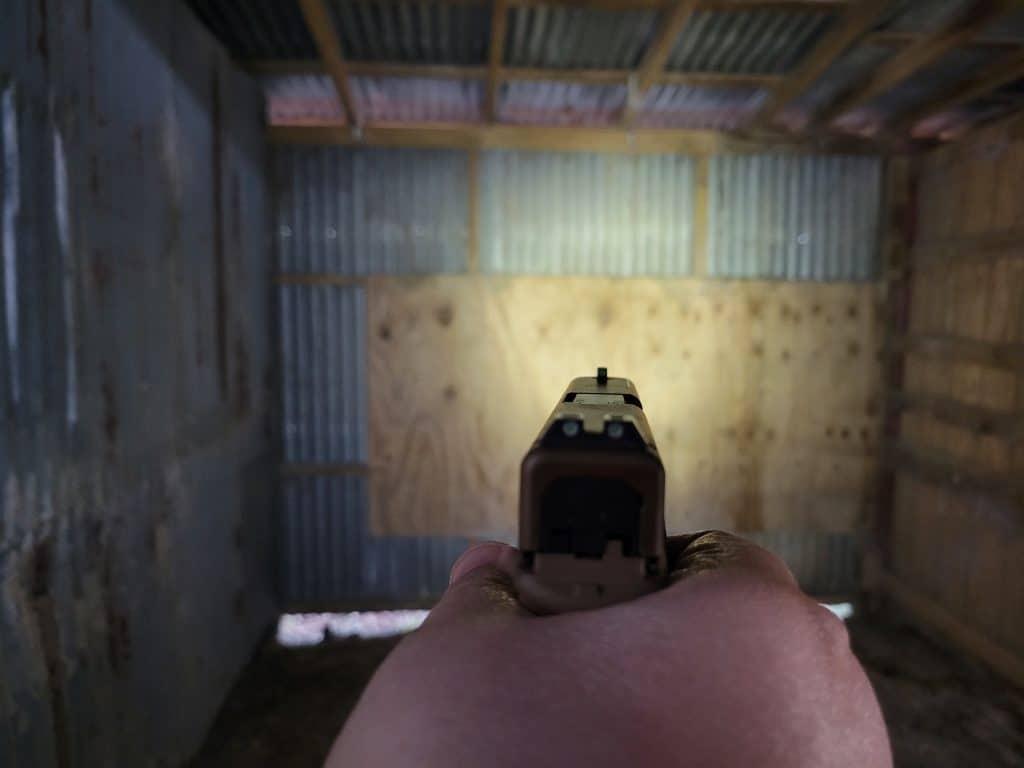
It would be a crime against Scorpions everywhere to leave all those rails naked. The TLR RM2 is a long gun light blasting out 1,000 lumens of white light. It’s got a shape that ramps forward with a massive button at the rear for activation.
On top of that, you can use an optional pressure switch if you so choose. This light is compact and works very well on the smaller Scorpion platform.
The Shooter's Score
How does the Scorp stack up on our 10-point scale?
Accuracy: 7/10
The gun is impressively accurate within 100 yards, but the oversized safety can cause flinching, potentially impacting accuracy.
Ergonomics: 7/10
The main flaw with the Scorp is its ambidextrous safety, which can dig into the firing hand, making for an uncomfortable range session.
Fit and Finish: 7/10
There are no complaints about the Scorpion’s craftsmanship and it has avoided major failures, but early production models had issues with magazines and their welded trigger packs meant you couldn’t change the trigger group.
Features: 8/10
The Scorpion has fantastic factory sights, good rail space for accessories, and reliable (albeit proprietary) magazines.
Reliability: 9/10
The gun is consistently reliable with a variety of ammo types, including cheap steel-cased rounds, but there were early feed issues with the magazines.
Value: 6/10
The Scorpion is an incredibly fun gun to shoot and has lots of room for accessories, but it has an awful trigger and the safety lever is too large, which can be problematic.
Summing up the Scorp
The CZ Scorpion S1 series pistols and rifles have become a mainstay of American PCCs and Subguns. That popularity has spawned a large aftermarket with entries from Magpul, Strike industries, and many more.
It’s become a very popular platform, and it’s easy to see why. While it’s not perfect, the CZ Scorpion series offers a robust, accurate, and well-made modern weapon for those looking outside the typical AR/AK series.
FAQs
Why is the CZ Scorpion so popular?
What is the effective range of a CZ Scorpion?
Which militaries use CZ Scorpion?
It’s a mix of three things. First, the gun looks cool. Second, it’s fairly affordable. Finally, the gun works. It’s reliable, accurate, and fun to shoot.
After about 100 yards things start to get iffy with the energy and stability of a 9mm round. One hundred yards is where the gun tops out.
Quite a few, the Czech military uses it, as does the Finnish Border Guard, the Hungarian Defence Force, and many more. It’s also used by numerous police forces around the world.
Updated
November 16, 2025 — We went much deeper on the Scorpion alternatives and highlighted Springfield’s Kuna as a logical competing PCC.
Sign up for our newsletter
Get discounts from top brands and our latest reviews!
